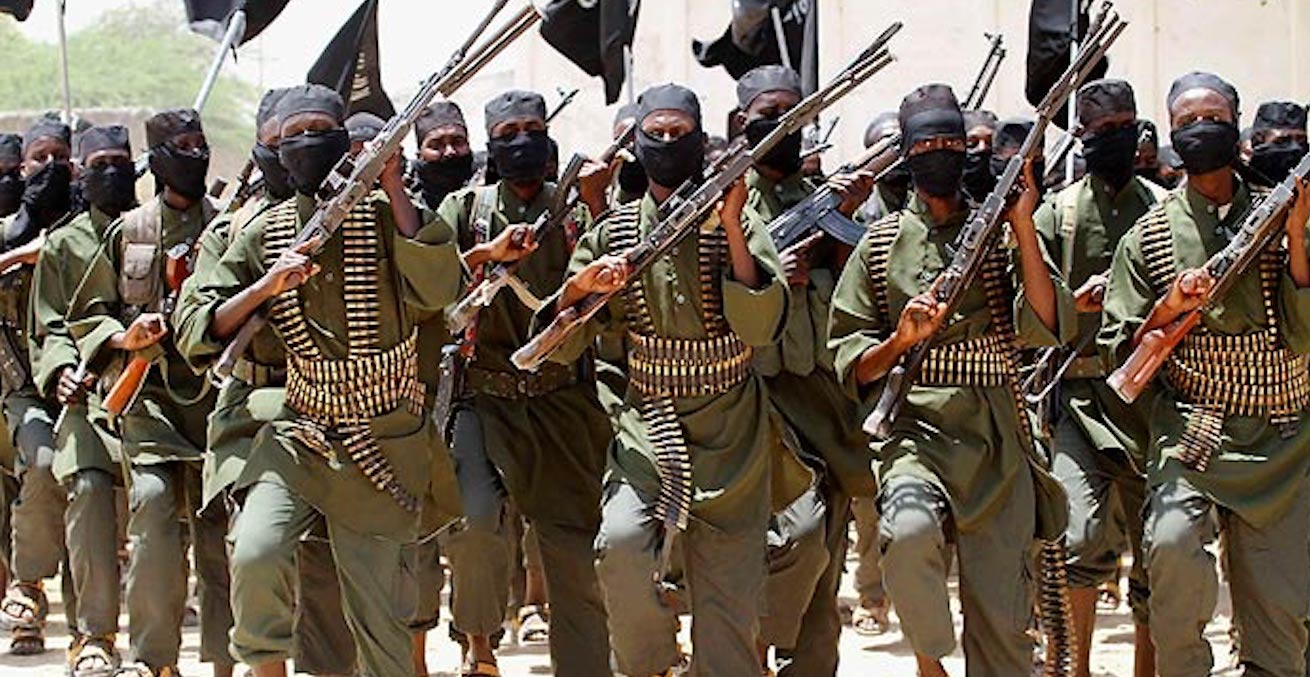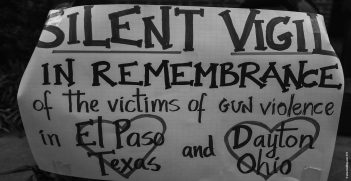Where does Extremist Violence Begin?

There is no single origin of extremist violence. Different groups have different origins, with their own unique contexts. Understanding this can aid us in taking a step toward the prevention of violent extremism.
Extremist violence can fixate communities, but it also obscures its origins. The terrorist attacks in Bali, 2002, killed 202 people, many of whom were Australians, and injured hundreds more, tourists and locals alike. The Islamist group Jemaah Islamiyah claimed responsibility for the attack, and an audiotape of Osama bin Laden confirmed Al Qaeda’s support stating that the bombing was because of Australia’s role in the War on Terror. In one bleak moment, Australia felt the full impact of extremist violence that was a product of conflict systems that were far from its national borders.
Ever since, Australia has focused on combatting extremist violence. The ultimate fear remains that terrorists will infiltrate Australian communities and attack cities, and this fear is not wholly without reason. Since 2002, there have been planned terror attacks curtailed and a number of isolated and limited attacks committed by self-radicalised Australians in support of extremist groups. But these attacks represent the endpoint of extremism, the eruption of violence, and they are only a symptom of conflict systems elsewhere that are churning attitudes, perspectives and experiences toward violence. To prevent violent extremism we must go back to its beginning. One example of these origins of extremist violence in conflict systems in Asia, and how they interact with one another, can be seen in Myanmar and Indonesia.
When conflicts connect: Myanmar and Indonesia
In Myanmar, Buddhist extremism has emerged in response to conflict in Rakhine State and challenges the progress of the national peace process. One group that has strong Buddhist nationalist views is the Buddha Dhamma Parahita Foundation, previously known as Ma Ba Tha. The group has had a role in instigating protests and demonstrations focused on preserving race and religion of Myanmar, and has publicly denounced the Rohingya, as well as Muslims in general, provoking violence across Myanmar against Muslims and Mosques. In Myanmar, Muslims make up just under 2 per cent of a population over 50 million. In particular, the monk U Wirathu, a member of the Buddha Dhamma Parahita Foundation, has been the face of the vitriolic hatred of the Rohingya muslim minority in Northern Rakhine, referring to them in speeches as dogs and dismissing Rohingya claims to citizenship in Myanmar.
In response to pressure from Buddhist leaders in Myanmar that Ma Ba Tha was not representative of mainstream Buddhist views in Myanmar, the group rebranded to the Buddha Dhamma Parahita Foundation in order to conduct social activities and political campaigning. The activities of the Buddha Dhamma Parahita Foundation in Northern Rakhine State that exclusively support local buddhist communities have been found to spread misinformation that promotes discrimination against Muslims and the Rohingya. The increasing social ostracism of Muslim communities and the Rohingya, as well as the limited economic opportunities for ethnic Rakhine communities, have only been compounded by the Tatmadaw military offensive to search and eliminate Rohingya extremists throughout 2017, resulting in the razing of Rohingya villages and the construction of military camps on the cleared land. Within this context, extremism has found space to erupt into violence. Both in response to discrimination and military attacks, as well as against marginalised minorities.
On the other hand, extremist violence in Indonesia is different. There are multiple dynamics where extremism has led to violence caused by conflict systems that are elsewhere. Al Qaeda and the Islamic State have used Indonesia, the world’s most populous Muslim State, as a source of recruitment and funding for terrorist operations in Syria or Afghanistan. In 2004, the Bali bombing took the lives of many people, locals and foreigners alike. In 2015, an attack on a police box in Jakarta and the ensuing hostage situation in a nearby Starbucks demonstrated that extremist violence was a real and present danger. However, there have also been successes at ending violent conflict and reducing extremist violence. For example, in 2005 in Aceh the Indonesian government agreed to a lasting ceasefire with the Free Aceh Movement after a 29 year conflict.
Out of these multiple conflict dynamics, Indonesia has embraced the concept of preventing violent extremism rather than relying on countering or fighting extremist violence. The concept of prevention has meant that Indonesia has focused beyond security responses to the many different extremist factors that exist in Indonesia, focusing on a reintegration, rehabilitation and re-engagement of people within the extreme elements of society. Indonesia is an example of the effort to engage with extremists in order to understand the context in which they operate in order to avoid violence and break the influence of conflict systems abroad.
Beyond the tragic spectacle of extremist violence
What draws these examples together are the interrelated factors between unique conflict systems. At the same time that the Rohingya suffer discrimination in Myanmar, Islamic organisations and groups from every perspective in Indonesia use their plight to generate donations and funds. In Jakarta, crowds of people are stirred to protest and the Myanmar Embassy is attacked over the treatment of Rohingya. Al Qaeda and Islamic State, in their own regional manifestations, harness the plight of the Rohingya to demonstrate the persecution of Muslims and to call for violent Jihad. Meanwhile, back in Myanmar, these regional actions are used as evidence that the Rohingya are supported by extremists and therefore must be kept from returning from their refugee camps in Bangladesh.
Understanding how conflict systems can lead to extremist violence means that it is possible to identify and disrupt relationships in that system in order to exert influence and transform aspects of the system away from violence. Transnational terrorist networks, such as Al Qaeda and Islamic State, already understand and utilise conflict systems to spread their messages, gather support and cause violence. We are merely a step behind.
The dilemma that remains is how to intervene in the system in order to exert influence in a way that disrupts extremist networks, yet does not exacerbate violence. To do this is to recognise that violently intervening in the system is not viable. A move towards experience-based knowledge generated by those who are already operating and working within each context, however, is viable and sustainable. But first we must understand extremism in a way that is not defined by the extremists themselves and that transcends the fixation on extremist violence.
Dr Laurens J. Visser is a conflict analyst based in Melbourne. He has experience conducting research and analysis in conflicts and peace processes throughout Asia and in the Middle East, and he has PhD in International Relations from RMIT University, Melbourne, Australia.
This article is published under a Creative Commons Licence, and may be republished with attribution.




